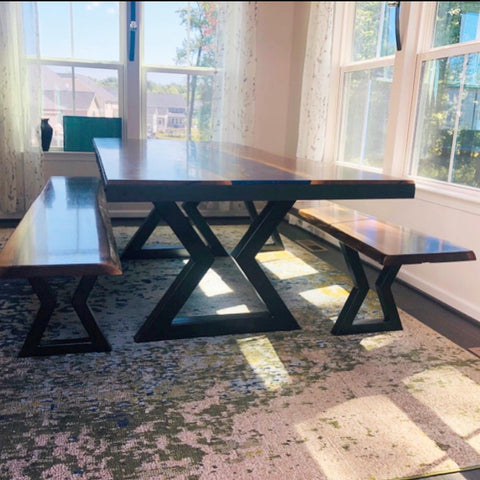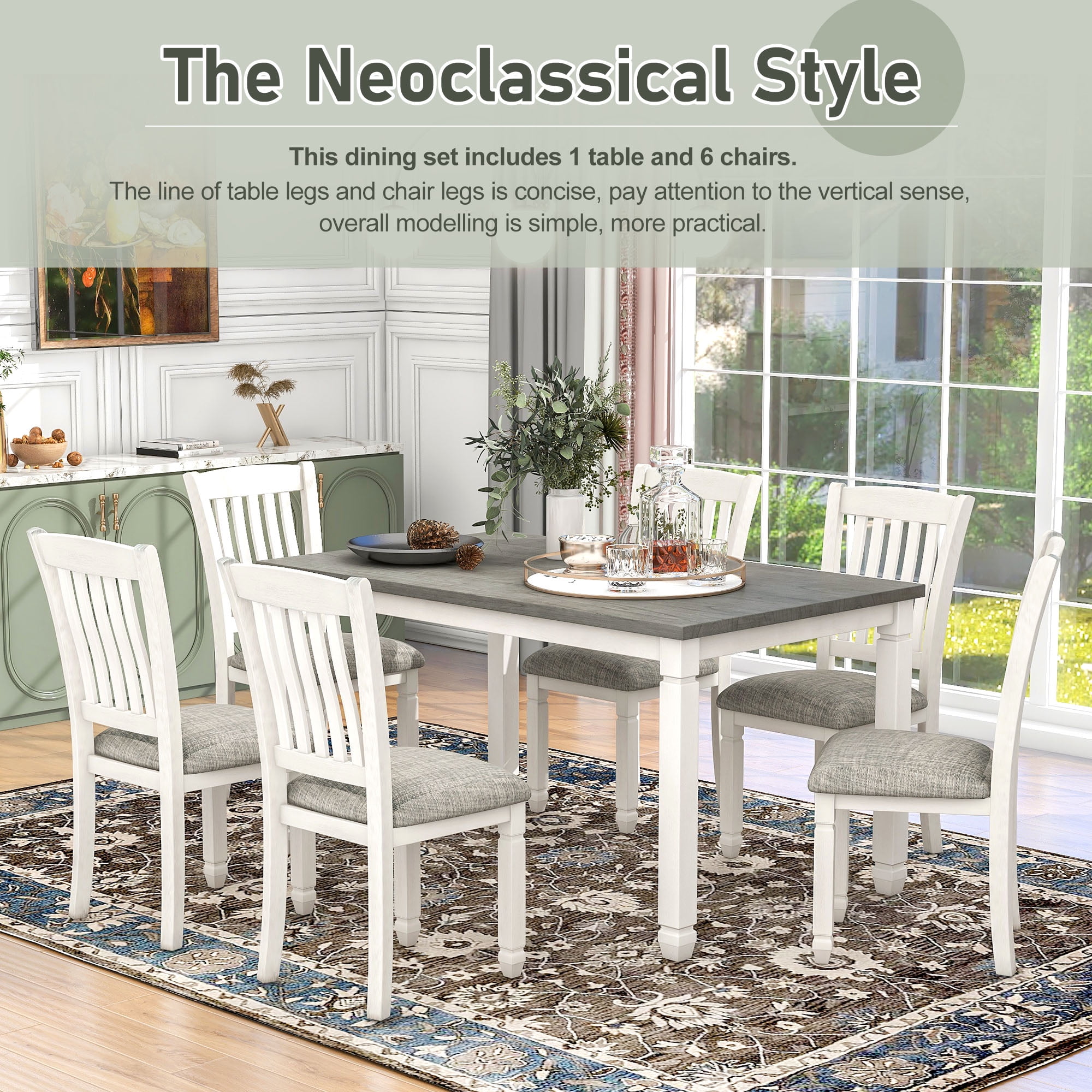Dining Room Table Legs: A Guide to Selecting the Right Style for Your Home
Dining Room Table Legs: A Guide to Selecting the Right Style for Your Home
Blog Article
From Standard to Modern: Discover the Ideal Dining-room Table Legs for Your Style
The selection of dining-room table legs plays a pivotal duty in defining the overall personality of your area, bridging the void between conventional craftsmanship and modern-day looks. While classic layouts such as cabriole and turned legs stimulate a sense of timeless class, contemporary designs like hairpin and geometric choices present a possibility for striking visual passion. Examining the best equilibrium between these designs requires a nuanced understanding of your existing decoration and individual taste. As you take into consideration these aspects, the question stays: exactly how can you effortlessly incorporate these diverse leg designs to produce a harmonious eating experience?
Comprehending Table Leg Styles
The selection of dining space table leg styles can substantially affect both the looks and functionality of the area. Each leg design adds unique functional functions and visual components, satisfying varied style choices and usage demands. Comprehending these styles is vital for picking the appropriate eating table that lines up with your general interior design vision.
For instance, tapered legs supply a tidy, traditional look that can enhance an area's style, while stand bases supply stability and maximize legroom, making them excellent for smaller sized areas. Hairpin legs, a hallmark of mid-century contemporary layout, introduce an industrial style, permitting an airy, open feeling. Trestle legs evoke rustic charm, supplying robust assistance and a sense of timelessness.
In addition, the option of materials plays a substantial function. Wooden legs can bring heat and texture, whereas steel choices typically communicate a sleek, modern vibe. Inevitably, comprehending table leg styles is necessary for creating a natural dining location that reflects individual style while guaranteeing usefulness and comfort. By attentively thinking about these components, you can improve both the useful and aesthetic allure of your dining area.
Traditional Table Leg Options
When choosing eating room table legs, standard choices frequently embody ageless elegance and craftsmanship. These styles reflect a rich heritage and a commitment to high quality, making them perfect for those who value timeless appearances.
One of the most renowned conventional leg designs is the cabriole leg, identified by its elegant bent form. This design commonly includes attractive makings and is most commonly found in Queen Anne and Chippendale furniture. One more prominent option is the turned leg, which boasts a series of smooth, rounded shapes that offer a traditional appearance while keeping security.
Moreover, the straight leg, while straightforward, offers a unadorned and durable structure that can blend perfectly with a variety of tabletop styles. For those drawn to ornate describing, claw-and-ball feet legs evoke a feeling of splendour and can function as a stunning centerpiece in any kind of eating area.
Finally, pedestal bases, although not purely legs, provide an alternate standard alternative that enables for adequate legroom and can be perfectly carved. Each of these conventional leg styles adds to the total ambiance of a dining-room, weding feature with aesthetic charm.

Modern Table Leg Designs
Modern table leg layouts provide a varied variety of designs that highlight ingenious products and clean lines. These styles often focus on functionality while acting as striking prime focus within a dining space. Minimalist looks are common, with legs crafted from materials such as steel, glass, and crafted timber, which contribute to a contemporary and ventilated feel.
One prominent layout is the hairpin leg, characterized by its slender, tapered structure that supplies security without overwhelming the table top (dining room table legs). This design is often discovered in mid-century contemporary furnishings and can effortlessly match numerous table forms. Another pattern is using geometric forms, where legs might handle angular or asymmetrical types, including visual passion and a touch of artistry

Blending Styles for One-of-a-kind Areas
Often, house owners look for to create distinct dining spaces that show their personal style by blending various design elements. This approach permits for the unification of diverse looks, resulting in a harmonious yet distinctive setting. Combining a rustic wood table with sleek, modern-day metal legs can create an appealing contrast that elevates the room's general charm.
In addition, incorporating vintage table legs with contemporary table tops can evoke a feeling of background while keeping a contemporary perceptiveness. Such mixes not only display individual taste but likewise urge imagination, allowing property owners to curate an area that really feels both personal and welcoming.
Shade plays a crucial duty in this mixing procedure; selecting table legs that complement or comparison with the existing color scheme can boost visual passion. Whitewashed legs can soften the daring of a dark table surface, developing a well balanced visual.
Tips for Choosing the Right Legs
Choosing the right table legs is vital for accomplishing both functionality and aesthetic charm in your eating room. Begin by considering the general design of your space. Typical setups profit from legs that feature elaborate makings or turned layouts, while contemporary spaces might require streamlined, minimal designs.
Next, analyze the elevation and stability of the legs. dining room table legs. Standard dining tables range in between 28 to 30 inches in height, so guarantee the legs match sites this dimension for convenience. Additionally, durable products, such as wood or metal, can boost security and durability
Evaluate the leg form too-- choices include right, tapered, see or pedestal layouts. Straight legs offer a traditional appearance, while tapered legs can include a touch of beauty. Pedestal bases give ample legroom and are ideal for smaller rooms.
Final Thought
In recap, choosing the excellent eating area table legs calls for cautious factor to consider of both typical and contemporary styles. By integrating leg style, height, and product with the total decor, a natural and welcoming ambience can be attained.
The variety of dining room table leg designs can significantly influence both the aesthetics and performance of the space. Ultimately, recognizing table leg designs is essential for creating a natural dining location that mirrors individual design while ensuring practicality and convenience.One of the most famous standard leg styles is the cabriole leg, defined by its graceful bent form. Straight legs offer a timeless appearance, while tapered legs can include a touch of elegance.In recap, choosing the perfect eating space table legs requires careful factor to consider of both typical and contemporary styles.
Report this page